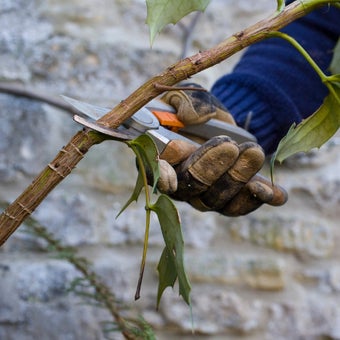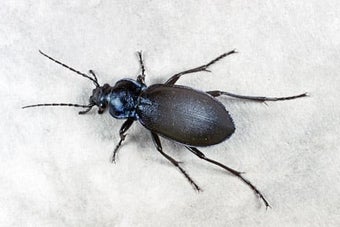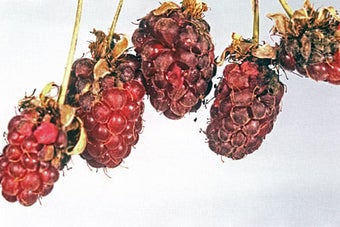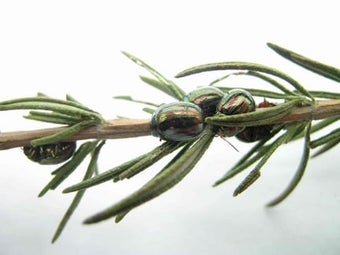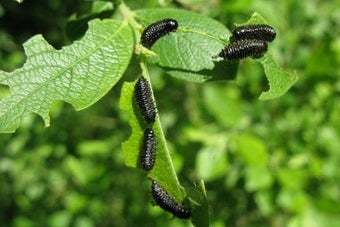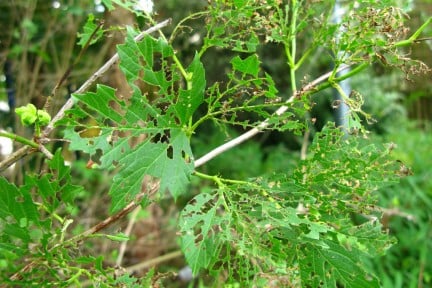
Quick facts
Common name - Viburnum beetle
Scientific name - Pyrrhalta viburni
Plants affected - Viburnum tinus, V. opulus, V. lantana and other Viburnum spp.
Main symptoms - Foliage with many holes eaten by the larvae and adult beetles
Most active - Late April-June (larvae) and late July-August (adult beetles)
What is viburnum beetle?
Viburnum beetle feeds on viburnums. Most of the damage is caused by the larvae in spring but some further defoliation is done by the adult beetles in late summer.
Large numbers of larvae can result in most of the foliage being severely affected by late spring. Damaged leaves are often also discoloured with brown dried up edges to the holes. Affected Viburnum tinus often produces an unpleasant odour particularly when the foliage is wet.
Viburnum beetle is a leaf beetle (family Chrysomelidae). There are about 250 leaf beetle species found in Britain. They all feed on plants, most are do not have a noticeable effect on garden plants, many are colourful and many species are local or rare.
Symptoms
- Holes eaten in the leaves of viburnums, with the larger leaf veins remaining, giving the foliage a lace like appearance
- Creamy yellow larvae, with black markings and up to 8mm long, are present on plants from April to June
- Greyish brown adult beetles, 4.5-6 mm long, feed on the leaves from late July to September

Management
- Where possible tolerate populations of larvae and adult beetles, viburnums usually recover from defoliation caused by this beetle
- Remove larvae by hand where practical
- Encourage wildlife in the garden, such as birds and predatory ground beetles who will eat the larvae and sometimes the adult beetles
- Biological control nematodes for this beetle are available from some biological control suppliers. These are watered onto plants affected by larvae. Nematode controls have the potential to infect non-target animals. They should therefore be used with care and only when there is a specific problem to treat
Biology
Viburnum beetle overwinters as eggs that are deposited in the of the current years growth of viburnums in late summer. These eggs hatch in late April-early May and the larvae begin feeding on the new foliage. When fully fed in late May-June, the larvae go into the soil to pupate. Adult beetles emerge in late summer.
Most of the damage is caused by the larvae during late spring. Adult feeding damage on the foliage is much less extensive than that of the larvae.



